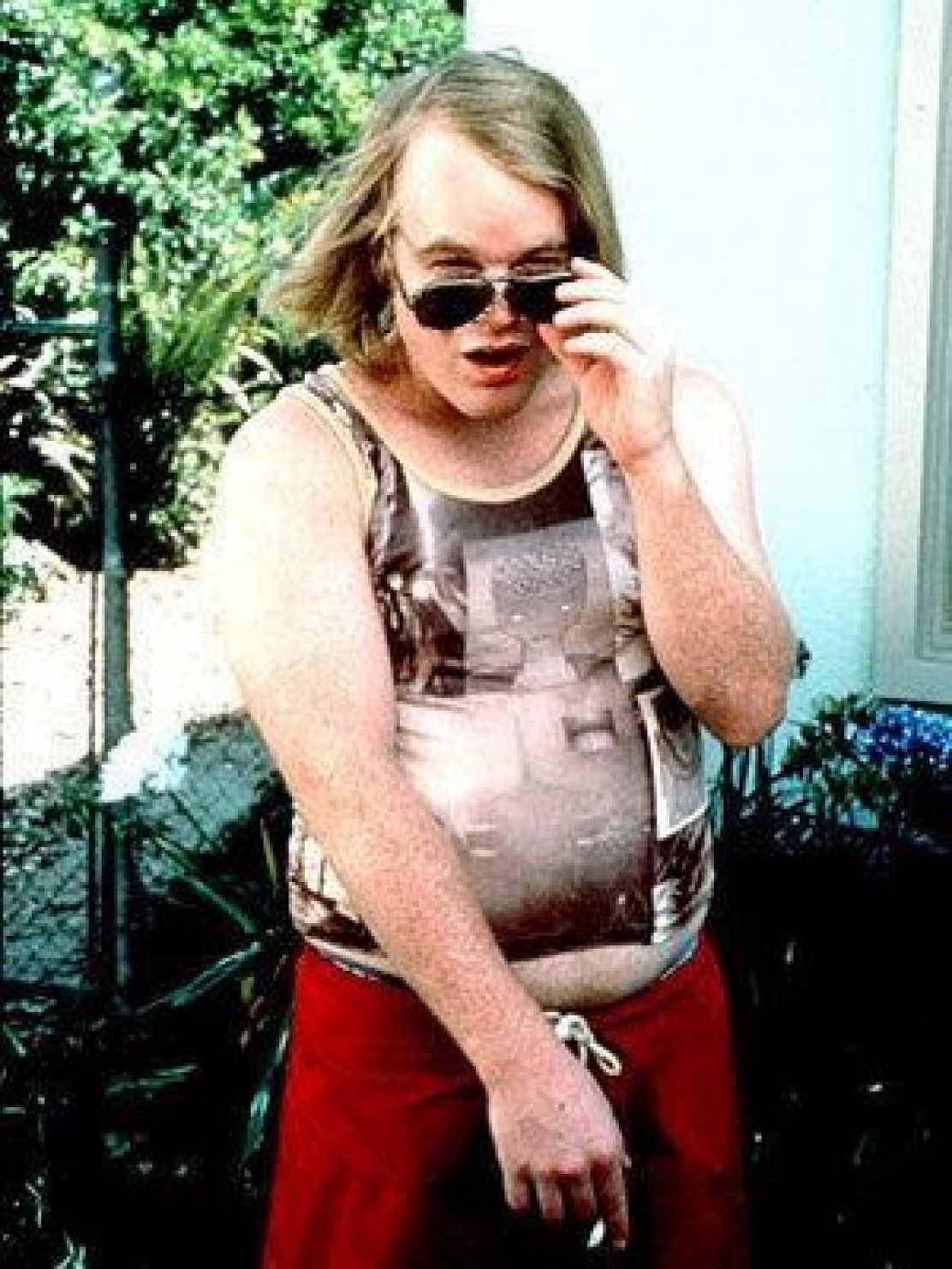https://drive.google.com/open?id=0B4n5E5A7Upf0bnBlZXBEeUw3Tms
So, after a long (but not long enough) thirteen weeks, The Scene In Cinema draws to a close. I’ve learnt a lot. But, five or so weeks ago I set out to discover what I could about the act of “re-framing” a shot. I wanted to know what possibilities it allowed access to in the coverage of a scene, what its strengths and drawbacks were, and how it could be most effectively utilised. I’ll start at the start, and try to answer all of those questions in this post.
Firstly: what is re-framing? Re-framing is the act of creating multiple distinct frames in a single shot by altering the position of the camera or subjects. As opposed to cutting in between these two frames (cut-framing), as a more orthodox coverage would tend towards, re-framing moves the actors or camera, and retains this movement as a part of the shot without cutting. The frames are the same, but the way they are achieved is incomparable. A re-framing coverage can be so precise and decisive in its movement between frames that it can be hard to tell that it has not in fact cut, or it can flow more slowly between frames. The former is often employed for a tighter coverage, a scene in a small room or with otherwise restricted space, for example the scene viewed from The Night Train. The latter tends to be in larger spaces with more room for both actors and camera to move, for example the scene viewed from Return of the Prodigal Son.
In my exploration, a main part of my focus was the creative possibilities that were allowed by re-framing which weren’t as natural or available with a cut-frame coverage. While I explored this question specifically in my second experiment, it was inherently underlying all three of my experiments, simply because filming a scene using re-framing is a conscious decision to avoid a cut-frame coverage. In my second exercise, I filmed the same scene with the same frames twice – once moving between the frames, and once cutting between them. I deliberately intended for the cut-frame coverage to be jarring and not technically well constructed, not to imply its inferiority, but to demonstrate that if a director has a certain set of frames in mind but they don’t necessarily flow well together by cutting them, a re-framing approach may allow him/her to include all of these frames in the scene’s coverage while not making the scene visually unappealing.
Naturally, the biggest different between re-framing and cut-framing is the time in between the frames. In cut-framing, the two shots follow each other instantaneously, but there is some slack in re-framing. So it therefore becomes necessary, when looking at the difference between these two, to look at what this ‘dead space’ as it were can contribute. I think my first and third exercises provide good answers to this query. In my first experiment, the hesitance of the camera mirrors the hesitance of Matt’s character, and it follows him as he moves unsurely around the space. These ‘microframes’, fleeting frames born out of reluctance, give a great depth to the scene. After he walks away, the camera assumes a frame with Matt on its left side, looking to the right, but it almost immediately reverses and places him on the right hand side as Luke steps in to occupy the left. In my third exercise, two moments I think are very representative of the strengths of re-framing occur in the second half. First, when Luke gets out of his chair to go to cry against the wall. When one character leaves the frame, a decision has to be made whether to follow that character or to linger on the remaining character/s. I followed Luke, and because it’s a re-framing coverage, the decision is felt and has more impact because the move is taken with the character. The second moment is when Luke walks to the back of the frame. This is a slow and subtle re-framing, and one example of the actual period of re-framing being as important as the frames themselves.
But re-framing is hard. And it’s dangerous. To shoot a scene in this way is to put all of your proverbial eggs in a single basket. If something goes wrong, it ruins not one shot but a whole scene, or at least what would be multiple shots in a cut-framing coverage. Look no further than my third exercise. For some reason, I wasn’t shooting with audio. Although Matt’s shots were all fine and sounded good, but my scene, my single one shot that I took, was mute. This represents my basket dropping and not only breaking the eggs, but it falls on the expensive camera I was borrowing from Uni. Thankfully it was only an experiment, but it’s just as likely to happen in the ‘real world’.
Re-framing, as I now understand it, is a technique which, if used correctly, can enhance a scene both aesthetically and objectively – it can add elements which increase its depth, its intrigue, and its value as a scene. It offers a way to shoot the unshootable, a way to involve characters more, and countless more artistic opportunities. It does, however, need to be handled by a very skilled director who is aware of the challenges it presents. I think that’s me.
